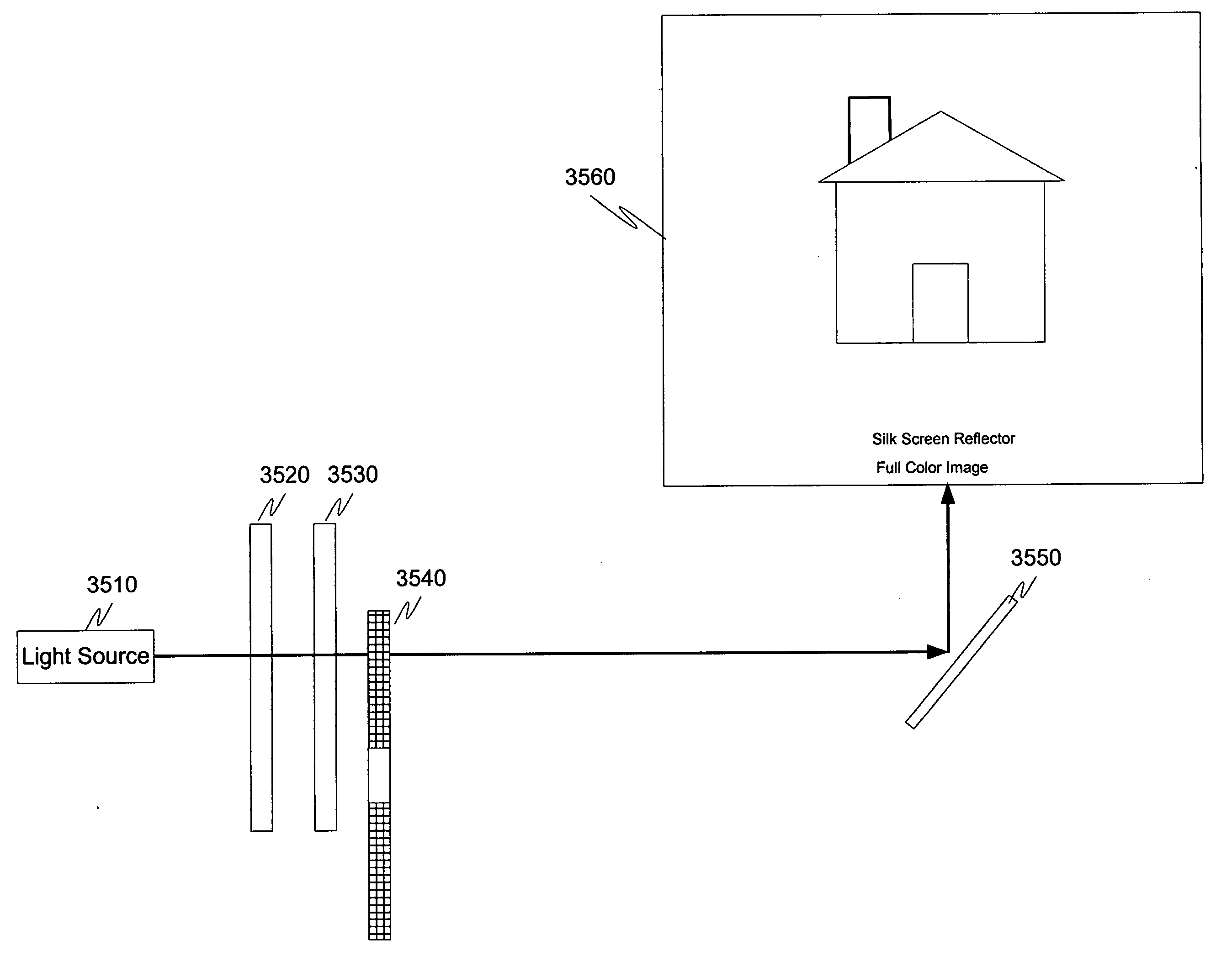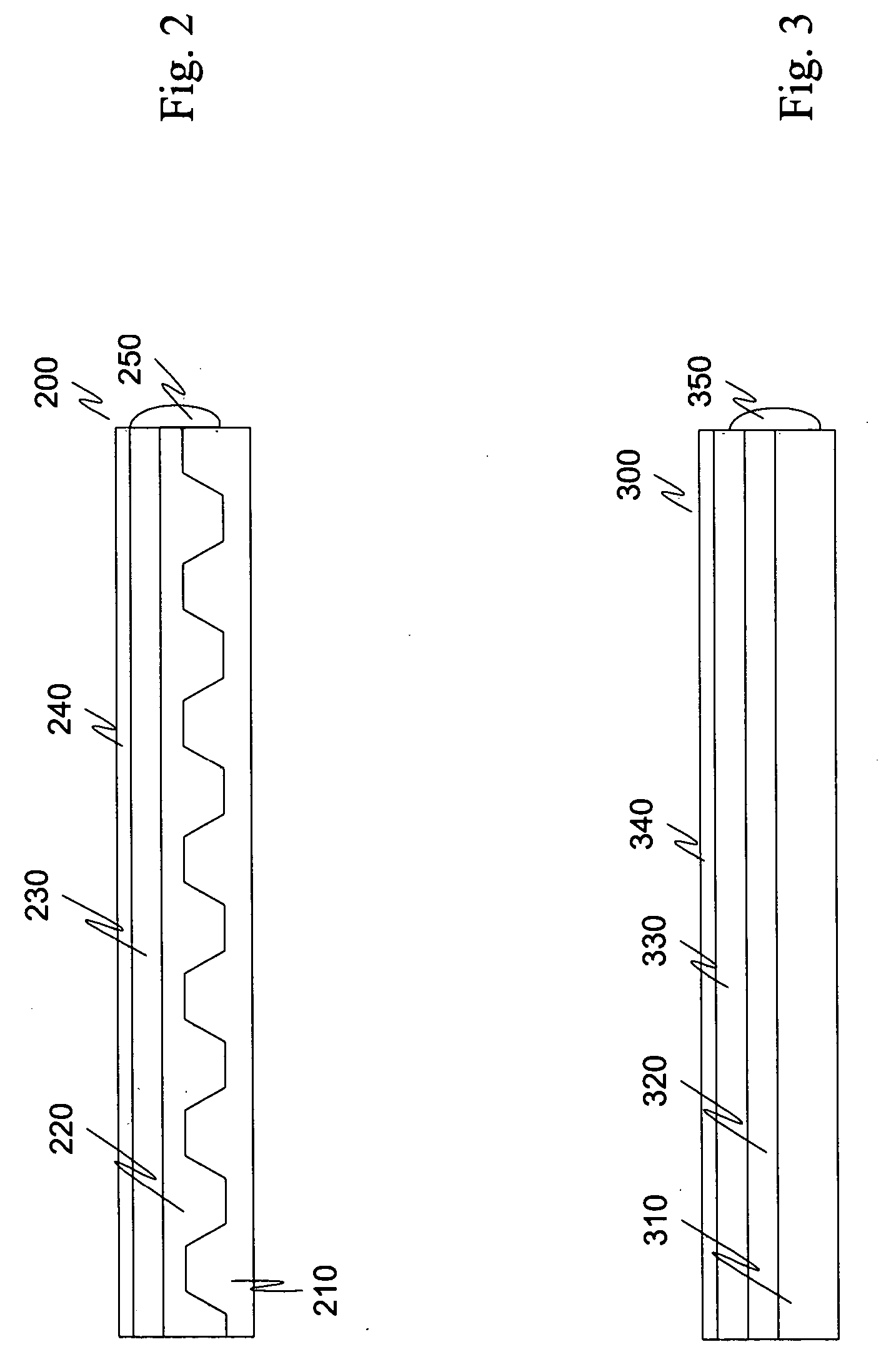Content preservation
- Summary
- Abstract
- Description
- Claims
- Application Information
AI Technical Summary
Benefits of technology
Problems solved by technology
Method used
Image
Examples
second embodiment
[0126] In a first exemplary write process, media 2625 can be spun and the groove from the inner edge to the outer edge of the media followed with the writing of the polar data stream from the queue / buffer module 2620 to generate the preservation media. In a second embodiment, the media 2625 can be started and stopped with the cooperation of motor 2605 and the preservation system controller 2650 with the heads of the reader / writer 2680 moved from the center to the edge or the edge to the center while controlling the writer, such as a laser. The media 2625 is then rotated forward one unit and the process repeated, for example, for the entire 360° of the media.
third embodiment
[0127] In a third embodiment, the media 2625 is spun in a reverse direction while moving the head of the writer / reader 2680 from the center to the edge or the edge to the center of the media. In this embodiment, the writer 2680 is skipping across the lands and valleys with the swath being created in a spiral shape, but the pixels formed on a bias-end up canceling out the spiral of the media's groves thereby creating a square grid of preservation images.
[0128] In a fourth exemplary embodiment, the motor 2605 in cooperation with the preservation system controller 2650 and the reader / writer 2680, jogs the media 2625 in a back-and-forth manner while at the same time manipulating the head of the writer 2680 to write, for example, preservation image(s) to the media.
[0129] In yet another embodiment, the media could be held static while the writing / reading head moved.
[0130]FIG. 27 illustrates the ability of the writer / reader 2680 to use, for example, a variable laser power to change the d...
PUM
 Login to View More
Login to View More Abstract
Description
Claims
Application Information
 Login to View More
Login to View More - R&D
- Intellectual Property
- Life Sciences
- Materials
- Tech Scout
- Unparalleled Data Quality
- Higher Quality Content
- 60% Fewer Hallucinations
Browse by: Latest US Patents, China's latest patents, Technical Efficacy Thesaurus, Application Domain, Technology Topic, Popular Technical Reports.
© 2025 PatSnap. All rights reserved.Legal|Privacy policy|Modern Slavery Act Transparency Statement|Sitemap|About US| Contact US: help@patsnap.com



